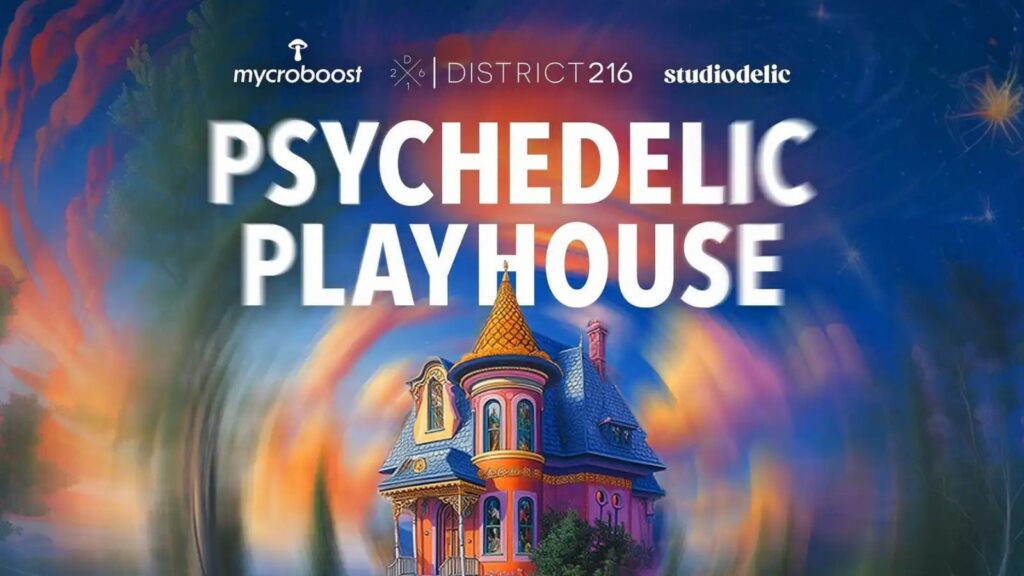There is an introduction to this pilgrimage on the Evolver site:
http://www.evolver.net/user/kevin_dann/project/corridor_amity
and also my own homepage:
http://www.corridorofamity.org/Welcome.html
for the venture, but I am thinking that I would like to keep blogging right here at Reality Sandwich about my discoveries and adventures on this 400th anniversary pilgrimage.
The theme that has emerged so powerfully already is the wisdom and the goodwill of everyone whom I meet, and even without planning, I am being carried right into the arms of extraordinary peacemakers. I went on Saturday (May 23) morning to interview Mary Conroy (it was her 98th birthday) in Point au Roche north of Plattsburgh, NY, and while eating breakfast at her grandson Simon’s farm stand, Simon’s father, Mary’s son, John Conroy, came along to join a conversation I was having with Richard Robbins, professor of anthropology at Plattsburgh State University. John casually started talking about attending a commemorative event in Vietnam for the My Lai massacre, about serving in Vietnam, and as an embedded reporter in Iraq and Afghanistan for four years, and then speaks about the screenplay he wrote about the Phoenix Program that caught the interest of Oliver Stone, a friend of his, and how what he really wants to do is make a documentary about civilian deaths during the Vietnam war – a key episode in America’s history of genocide. He pointed over his shoulder at Route 9, and said: "I cannot believe that Americans are so oblivious to our occupation of the Iraqi people. Down that road in September 1814 came the same British troops who would later kick Napoleon's ass at Waterloo, to occupy the town of Plattsburgh, and the local farmers – including the teenage Aiken boys – kicked their ass rather than be occupied. We think that we are so good, but the truth is quite different."
Two nights ago I stayed with the McKay family in North Ferrisburgh, and after dinner I asked Rob McKay, who teaches philosophy at Norwich University — a military academy — about his specialty in philosophy. He emerges with an obscure book about a 16th century Dutch philosopher, Hugo Grotius, who wrote masterfully about the concept of "just war," and Rob then speaks with deep scholarly knowledge about the history of pacifism and civil disobedience in America. It only reinforces my sense of the great gap between the history known to the academic world and public history, which remains conservatively wed to the main myths of American exceptionalism, leaving out the often painful history of the internal national struggles for justice. I pass historical marker after marker, and of course, war memorial after war memorial, without a single memorial to creative conflict resolvers and fighters for social justice. Yesterday I was at Rokeby, home to generations of spirited and sensitive fighters for justice, and there a small audience of earnest seekers of peace and justice asked probing, excellent questions to help me to hone my purposes and my possiblities for this three-ring circus pilgrimage.
The image above is of "Our Lady of Good Help," the statue of the Virgin atop Notre Dame de Bonsecours in Old Montreal, where I began my pilgrimage on May 16th with a concert by my group, Social Band:
www.socialband.org
The final song we performed at Bonsecours was a setting of the Beatitudes, closing with the thought: "Blessed be the peacemakers, for they shall be called the children of God." Hallelujah and Amen to that. I'll soon have some of their stories to add to these.














